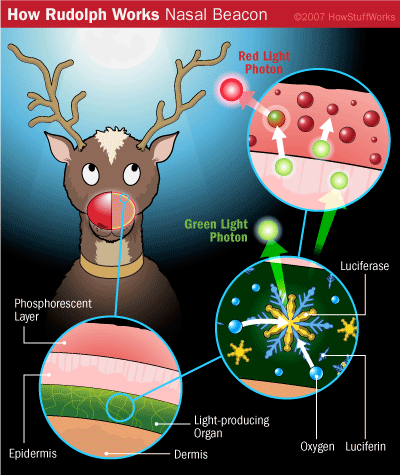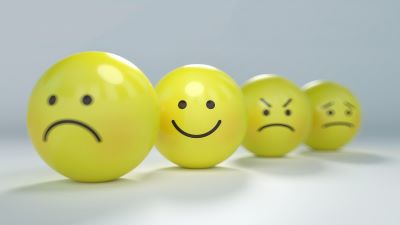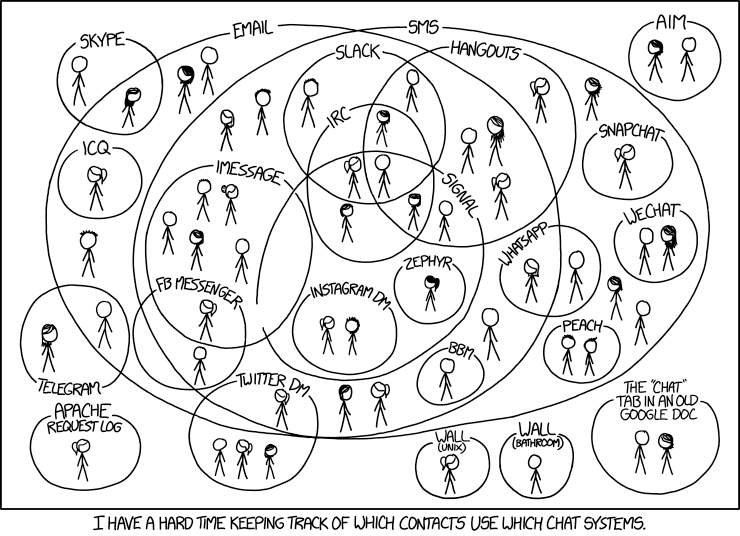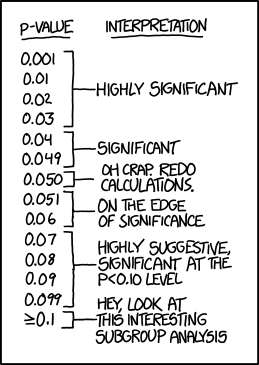December 2020
The UMB Post[doc]
December 2020
Pandemic Fatigue or Pandemic Anger? What Has Hit You?
December and January Career Development Events
Other Things That Entertained Us This Month
Introduction
Dear Readers,
We made it to December of 2020! This unprecedented and life-altering year will end in just a few short weeks. While the challenges we’ve faced this year will not magically disappear as 2021 begins, this is a time to pause and reflect on all we have been through in the past months. What have we learned about ourselves? Our communities? Our institutions? What lessons do we want to carry forward into the new year? What do we want to leave behind?
In this month’s issue, we are reflecting on the continuing pandemic and highlighting some articles from other publications we as a team have found noteworthy.
If you would like to be involved in the making of the newsletter and shaping the content we share in 2021, please reach out to us at umbpostdoc@som.umaryland.edu.
We wish you and your families a safe and healthy holiday season and we will see you in 2021!
Best,
The UMB Post[doc]
Pandemic Fatigue or Pandemic Anger? What Has Hit you?
Archana Gopalakrishnan

Even as health departments around the country continue to report record-high numbers of infections, the risk may seem illusory for those of us who have not had an encounter with a positive COVID-19 test. With months locked up indoors, the promise of sunny days at the beach, hayrides, haunted house adventures, and Thanksgiving gatherings with families stolen away, people are restless and tired. The constant mask wearing and the seemingly eternal social distancing has made people make self-proclaimed “safe” alternatives to normal daily activities. Meeting in small groups, allowing children to have play dates, and small gatherings at religious ceremonies are being considered a tonic to cope with “Pandemic Fatigue.” The world seems a little less grim in this buddy system. However, is it actually safe? Are these gatherings actually okay? Who determines whether this is right or wrong?
Being social animals, we tend to follow unwritten social norms by observation. An authoritative body guiding us with instructions on what is safe to do and when to do it is our temple. When state governments relaxed restrictions on bars, restaurants, and outdoor activities at the start of fall, it created a sense of safety for communities. To have the chance to walk into a public place and take off your mask was welcomed with a lot of relief, although cautiously. When we see our neighbors and friends walking, going to restaurants, and entertaining in small social gatherings, one cannot help but wonder, “Things must be changing, numbers must be going down, perhaps, it’s ok to go to that party…”
Meanwhile, unseen to the public eye, the surge in the hospitals continues. To watch the people of their community enjoying the nightlife at bars and outdoor dining at restaurants must be infuriating for healthcare workers, giving rise to the other chronic emotion: “Pandemic Anger.” If you are not tending to COVID-19 affected individuals, you are likely living in an alternate reality; aware of the increasing numbers of cases in your community, but somehow unable to grapple with the reality of your actions. The shortage in personal protective equipment supplies, new guidelines being drawn by the government every day, the uncertainty of how long the pandemic is going to affect our lives, and the intimidation of not being able to live up to the “superhero” titles bestowed upon them are just some of the reasons the nation’s doctors and nurses are quitting or retiring early.
“Pandemic Anger” is not restricted to only burnt-out healthcare workers. Teachers and parents are breathing through this too. Juggling virtual work and virtual school for their children has led some working parents, especially women, to leave the workforce. School teachers are having to deal with unforeseen challenges in their virtual classrooms. Children and young adults are trying to cope with depression in this virtually connected, yet isolated world.
So, where is all this leading? Are we reaching our tolerance point; a limit of sustainability? In some form or another, we are all dealing with Pandemic Fatigue AND Pandemic Anger. We are tired of not being able to do the things that brought meaning and purpose to our lives. We are frustrated at leadership for not doing more or anything at all. We are angry at those who do not wish to observe safe practices.
Yes, as a community, we are reaching our limit of sustainability if we have not already. The only thing that can heal us is TIME and a vaccine that has been shown to be both safe and effective. So, it is time for us to redirect our fatigue and anger, to hope for a better 2021, to be awed and amazed at recent scientific advancements, to take pride in our communities that are virtually extending a helping hand and standing together.
As we gather around that Christmas tree and sing a carol, or watch the fireworks on New Year’s Eve, let us remember to extend our gratitude to the valiant efforts of health care workers and scientists who have been working continuously to keep us all safe and bring this pandemic to an end. They have not given up and neither should we. History has shown that science and technology have led the way through these tides of pandemics, so why would it stop now?
Are you interested in reading more on this topic? This list might help!
1: How to Deal with Coronavirus Burnout and Pandemic Fatigue
2: Has Pandemic Fatigue Set In? Here's Why You Might Have It
3: Pandemic Fatigue Is Real—And It’s Spreading
4: Soothing Advice for Mad America
5: Pandemic Fatigue, Meet Pandemic Anger
December/January Events
UMB Flu Vaccine Clinic - Held on the second floor of the SMC Campus Center, this clinic also offers asymptomatic COVID-19 diagnostic testing. Register here for one of these session times:
- December 17, 9 am to 1 pm
- January 5, 9 am to 1 pm
- January 8, noon to 4 pm
- January 11, noon to 4 pm
- January 15, 9 am to 1 pm
English Scientific Conversation Group - A discussion of unintended consequences of research and how much scientists should try to control for these and communicate them when they arise. December 16 at 4 pm. Check your email or contact Renee Cockerham for the Zoom link.
Research Skills Seminar Series - This seminar will address the information covered in a research talk, including how to use graphics appropriately. January 28 at 9 am. Register here.
January Responsible Conduct of Research Training Session - The January session will be about scientific misconduct presented by Stephan Vigues. January 12 at 3 pm. Watch your inbox for registration email.
Scientific Writing Seminar Series- Developing Tables, Figures, and Graphs for Your Research Paper. January 14 at 9 am. Register here.
New Years Resolution Career Seminar- January 22. Jennifer Aumiller will send out details via email.
Managing Your Research Program Seminar Series- Time Management; including When to Say “Yes” and How and When to Say “No”. January 26 at 9 am. Register here.
*Please check your inbox for emails with more information and registration links for these events.
Other Things That Entertained Us This Month
Four Scientific Tips to Make Your Holiday Cookies Burst with Flavor

Have you ever wondered what makes the perfect cookie? If you are baking this holiday season, consider incorporating these tips to elevate your confections! Here you’ll learn about the chemical properties of caramelizing sugar, adding aromatic espresso to enhance the flavor of chocolate, and why keeping a slice of bread with your cookies keeps them fresh. Happy baking!
How a Lab Happiness Programme is Helping Me Through the COVID-19 Crisis
Investing in methods to maintain lab happiness can improve overall communication and support, which is especially important during the COVID pandemic. Read about how a formal happiness team building program helped lab members capitalize on their individuality, keep in touch with the overall mood of the lab, and build a buddy system network to cope with hard times.
Why Is Rudolph's Nose Red?

We’ve all heard of Rudolph and his especially helpful nose, but have you ever thought about how it works? What makes his nose glow red? Dive into this article by HowStuffWorks to learn more about the science behind Rudolph and his iconic nose. Also check out an article from Johns Hopkins University explaining the science of Rudolph, the Grinch, and Ebenezer Scrooge.




